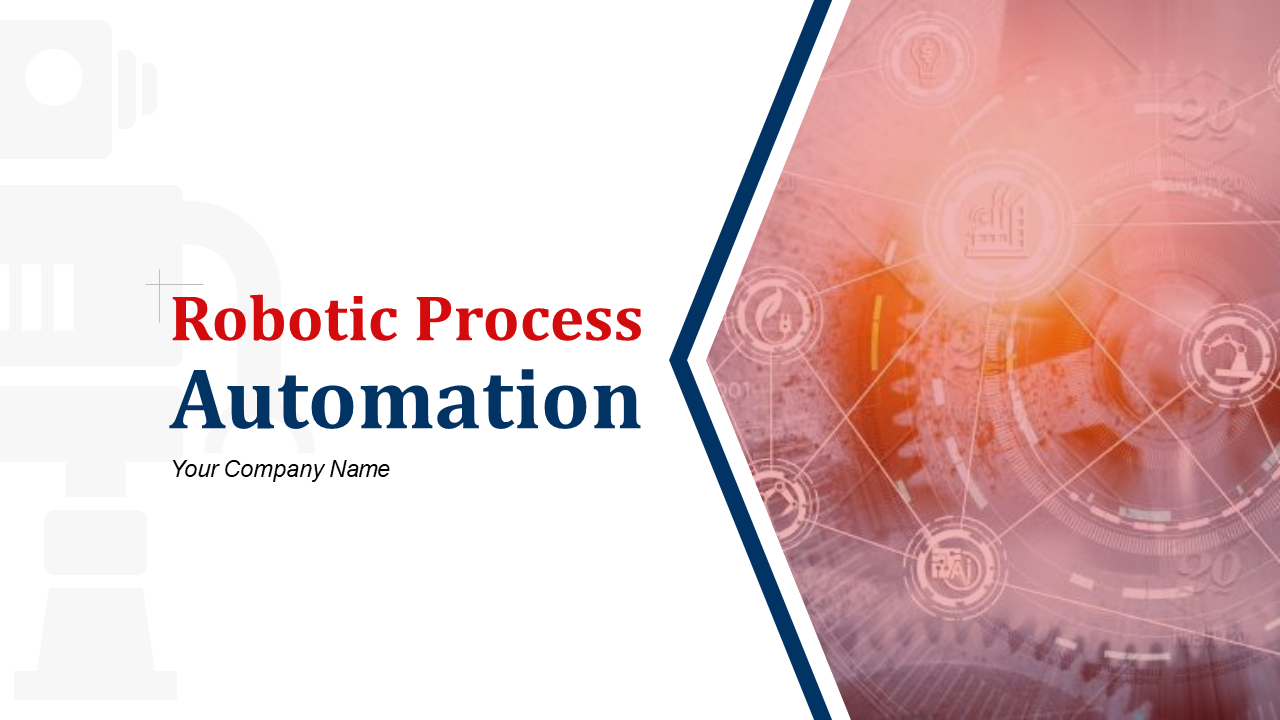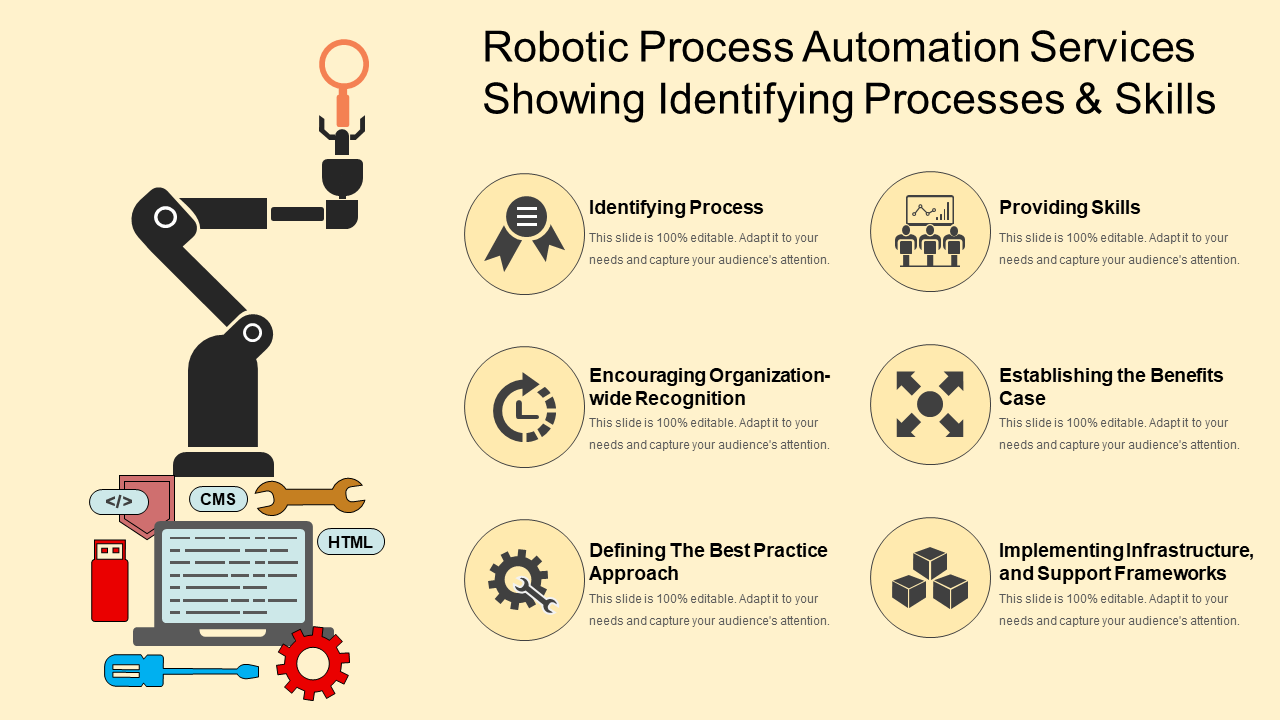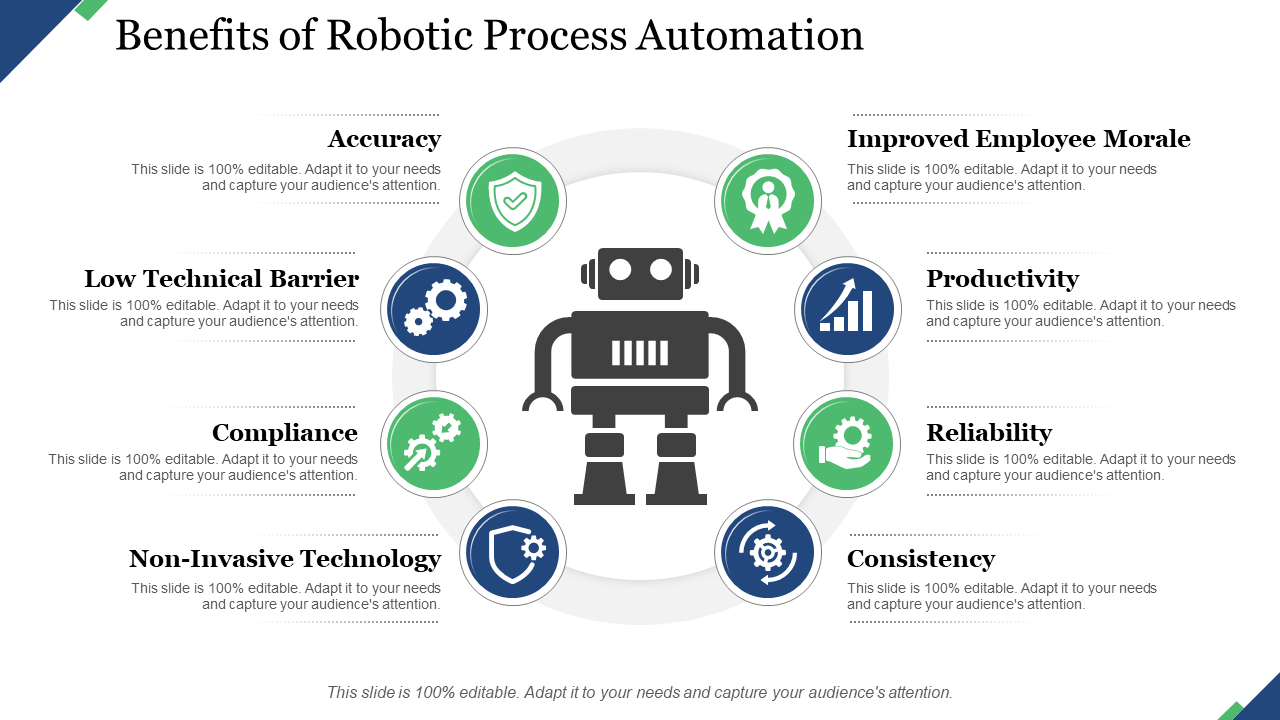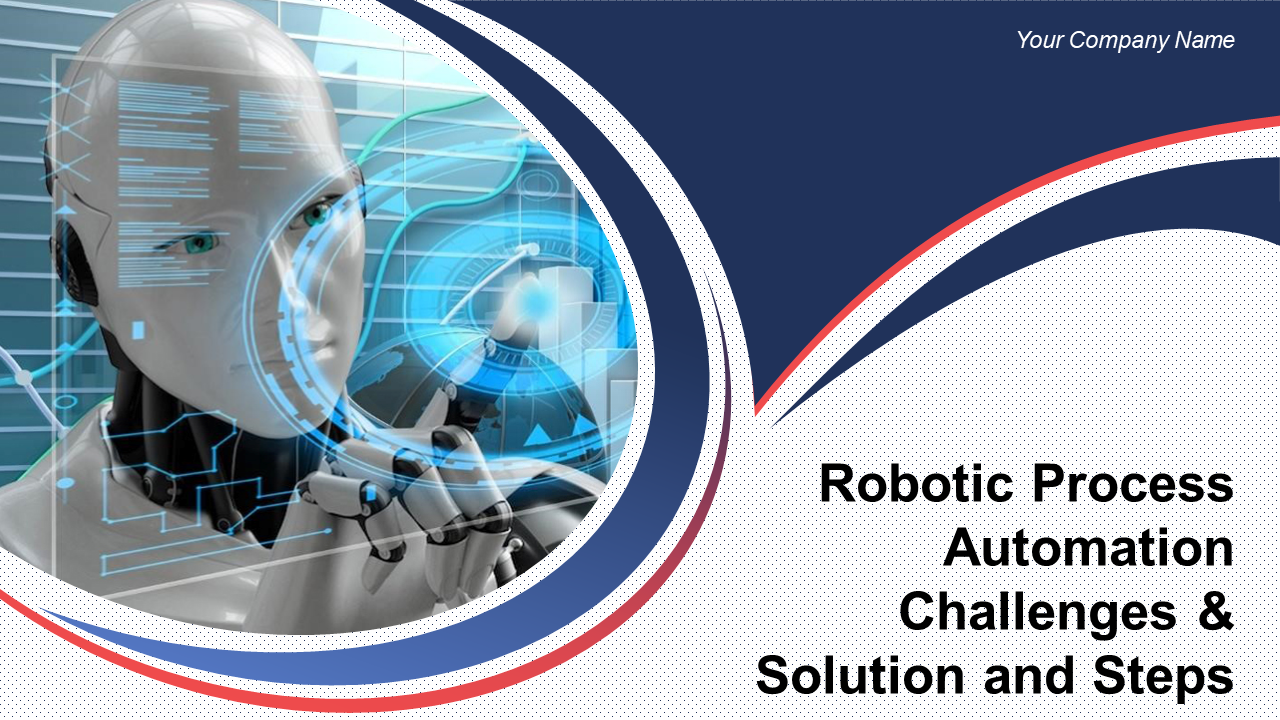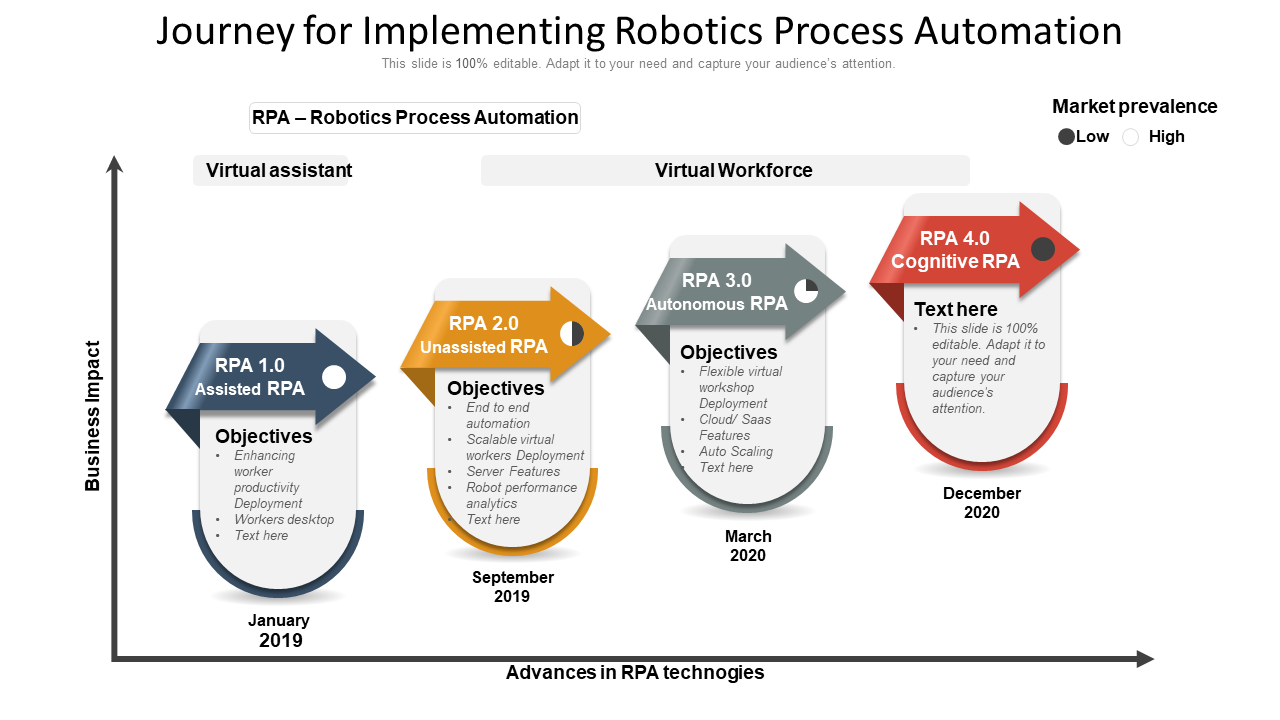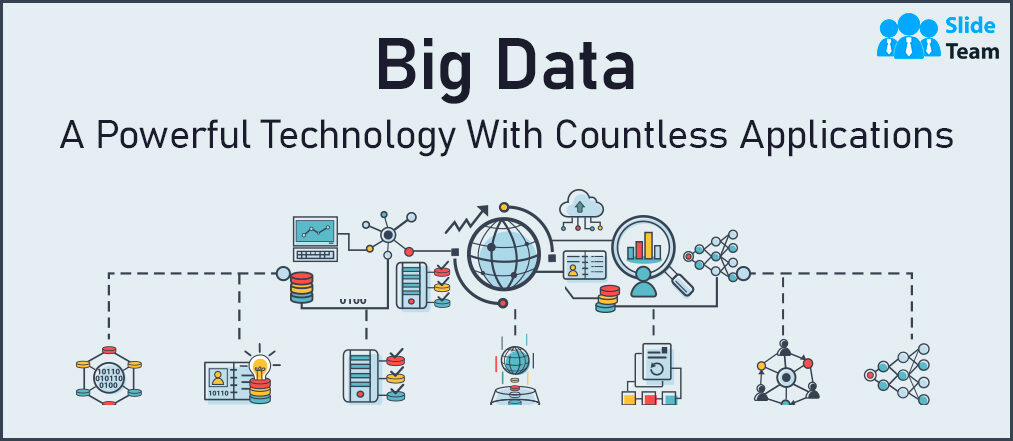The emergence of disruptive technologies after the fourth industrial revolution has entirely changed the way of performing operations. Businesses are moving towards technological implementations at very high acceleration to generate more profit. Companies are becoming more focused on the speeding process to increase productivity and have started developing interest in such technologies that can do the same. Robotic process automation is one technology that has all the relevant features to improve business workflows by speeding up the primary process.
Robotic process automation (RPA) is a software technology that allows employees in a company to configure computer software or a "robot" to capture and interpret existing applications for processing a transaction, manipulating data, triggering responses and communicating with other digital systems. RPA is a technology that uses software robots to automate tasks that previously required human intervention to free up employees for further work. RPA assists workers in the performance of their current job functions, which results in high levels of task accuracy and fast processing speeds.
The RPA market grew from $64.4 million in 2016 to $100.5 million in 2017, representing 24% year-on-year growth, according to a report by Wintergreen Research Inc. The report says the RPA market will grow to $959.9 million in 2022, representing a 55% compound annual growth rate (CAGR) from 2017 to 2022.
The market is currently driven by the banking, financial services and insurance (BFSI), healthcare, and life sciences industries. However, this market is expected to shift its paradigm over the next five years, increasing interest in manufacturing and aerospace verticals.
What benefits are industries leveraging from Robotic Process Automation?
Businesses are, therefore, increasingly turning towards Robotic Process Automation (RPA) tools. RPA is the software application of Robotic Process Automation (RPA), which can perform tasks such as form filling, data entry and retrieval, file sorting, and so on with great ease. The robotic process automation tool has proved to be a boon for companies as it automates business workflows in an automated manner via the usage of Robotic Process Automation (RPA). It contributes significantly to the digital transformation of the industries at a higher pace. Another reason business is implementing this technology is that it provides a higher level of accuracy in the task, and it can reduce the error rate to 57%, which is relatively higher than other systems.
One more critical aspect of RPA is that its industries can use artificial intelligence and machine learning to develop cognitive ability and let it work like humans. Doing this can identify, process, and analyze data to generate outcomes and help significantly in the decision-making process. RPA is a type of software that emulates a human being who works within a pre-defined workflow system and can handle different transactions online with an interface. Enterprises have been using this Robotic Process Automation as it enables them to work in an organized and systematic way.
Understanding everything about how RPA is doing these things sounds complex, but Slide Team is here to help at every step. We have created some innovative Robotic Process Automation PPT for you that will help you in this journey of learning. Let's have a look at some creatives.
Template 1
Robotic process automation helps speed up the process by automating it and makes it easy for businesses to handle different tasks. It also helps to improve the accuracy of the process and makes it more reliable. Robotic process automation is a growing technology, and it is becoming an essential part of the business world.
Robotic process automation (RPA) uses software robots to automate business processes. RPA technologies can process and manage data, communicate with other systems, and interact with humans to carry out tasks. One of the benefits of RPA is that it can help organizations improve efficiency and reduce costs. It can be implemented to complement existing business processes and procedures rather than replacing them. It is important to note that RPA does not replace employees or require significant additional capital expenditure because it can automate many tasks using robotic software applications. It allows organizations to gain the benefits of RPA without making any substantial changes to their current operations.
RPA is an emerging technology gaining traction over the past few years, and companies are using it worldwide to automate business processes and increase efficiency. If you want to know more about this topic, our templates are just what you need. Our templates will help you understand everything there is to know about RPA – from its definition and history to its benefits and challenges. So, don't wait any longer – download these unique templates today.
Template 2
Robotic Process Automation has been growing because of its advantages over manual work in recent years. Robotic process automation is a technology where Robotic software bots or a Virtual Digital workforce is deployed to carry out business processes or tasks done by humans. Robotic process automation is faster and more accurate as it does not make any mistakes like humans do. Robotic process automation can automate processes such as data entry, order processing, claims to process, and invoices.
One of the many advantages of this automation technology is that it does not replace human intelligence; instead, it makes the complex job easier. RPA is capable of performing regular business processes and highly-complex activities that are time-consuming and need to be performed at a faster pace. Many IT specialists are developing strategies for automating different business functions using RPA technology. Because of this reason, there is a great demand for RPA services in the market.
RPA services is a very vast topic, and if you want to learn deeply about it, Slide Team templates will help you correctly here. They're easy-to-use and packed with information that will help you understand what RPA is, how it works, and why it's so important. Download them today. It'll be well worth your time.
Template 3
RPA has many benefits for businesses. Some of the key benefits include:
Accuracy: Robotic process automation (RPA) can improve accuracy and productivity in the workplace. By automating simple, repetitive tasks, RPA can help to reduce human error and improve efficiency.
Productivity: RPA can also help to boost productivity in the workplace. RPA can free up employees' time to focus on more important tasks by automating time-consuming and tedious tasks.
Reliability: RPA is also highly reliable, meaning that it can be relied on to perform tasks accurately and efficiently every time. This reliability can help businesses reduce costs and maintain a high level of productivity.
Lower costs: Employers often find that RPA gives them the chance to streamline operations and reduce costs. It is because RPA can automate various tasks, including those which may be compliance-related, such as data entry or updating records. It means that business processes can be improved and compliance requirements met with less investment in terms of money and time than before.
Scalability: RPA is also highly scalable, which means businesses can quickly increase the number of bots according to their needs. For example, if a company has multiple departments requiring compliance-related tasks to be automated, it can promptly deploy multiple bots to meet those needs.
If you want to learn everything about RPA and how it can work as a boon to your business, then this is the right place to get deep knowledge about the subject. With these templates, we will guide you appropriately through all the steps necessary to learn about the benefits of RPA in business. They have been designed by experts who understand how important it is for companies today to be efficient and productive to compete effectively in the global marketplace. These templates will guide you appropriately and help you get started on your journey towards automation. Click here and download them now.
Template 4
A considerable challenge to get started with Robotic Process Automation (RPA) is the lack of understanding of how this technology works and its impact on business. Many large and small enterprises are now expected to race against time, and many employees strive hard to keep up with these challenges by applying complex workflows or increasing the workforce; however, this is not always the best solution. Robotic Process Automation is slowly gaining ground as a preferred choice for streamlining business processes due to its ability to automate rule-based and repetitive tasks. However, with this technology comes a new set of challenges that can impact businesses differently.
One common challenge is the inconsistency of outcomes. Automation of business processes is still new and, as such, can be unreliable at times. It can be due to several reasons, such as technical ambiguity or the need for human intervention to complete a task. Another challenge is the lack of technical expertise within the organization. To successfully implement RPA, businesses need people familiar with both the technology and the processes that need to be automated. Without this expertise, there is a higher risk for implementation failures or for automating tasks that are not feasible. Businesses should also be aware of the change in workforce dynamics that may result from the adoption of RPA. With automation comes the potential for job losses due to a lack of skills. In the end, it's all about strengthening people's capabilities to keep up with these competitive times and make the right decisions.
Therefore, this indicates that having appropriate knowledge of the subject is crucial to overcome these challenges. Our templates will help you understand the challenges and opportunities of implementing RPA. We've done all the research, so you don't have to. You can download our templates and get started on your journey towards automation. Download these templates today and start automating your business processes.
Template 5
Robots are becoming increasingly popular for automating business activities. But before embarking on a robotic automation journey, make sure you understand what they are and how they work. Robots are ideal for automating business processes that are highly structured, repetitive tasks, but they can't handle exceptions or unexpected conditions well. So be sure to consider both the benefits and limitations of RPA when making your decision.
Once you have decided to go ahead with robotic automation, the next step is to set up your robots and get them running. It involves creating a process for installing and configuring the robots and training users on how to use them.
Once you have your RPA robots up and running, you need to make sure they are operated effectively. It would help if you established some procedures and guidelines for using them to do this. Here are a few tips to help get you started:
- Make sure all users of the robots understand how they work and what their limitations are.
- Create a process for handling errors and exceptions.
- Train users on how to use the robots effectively.
- Establish policies for approving or rejecting processes that are automated.
- Periodically review the robot usage to ensure it is still effective and meets your needs.
These are just a few basics to get you started. Once you have these in place, you can fine-tune them as needed. Remember, the key is to keep your robots operating effectively and efficiently to help you improve your business processes. Learn the entire process of RPA implementation most efficiently through Slide Team templates.
We've created these templates to guide you appropriately and help you learn everything about implementing RPA in business. Our templates are designed for those who want to automate their processes without any coding skills. They are easy-to-use but still powerful enough for creating complex automation flows. You can use them as a starting point or as an example of possible with our tools. Click here right now and download Slide Team templates today.


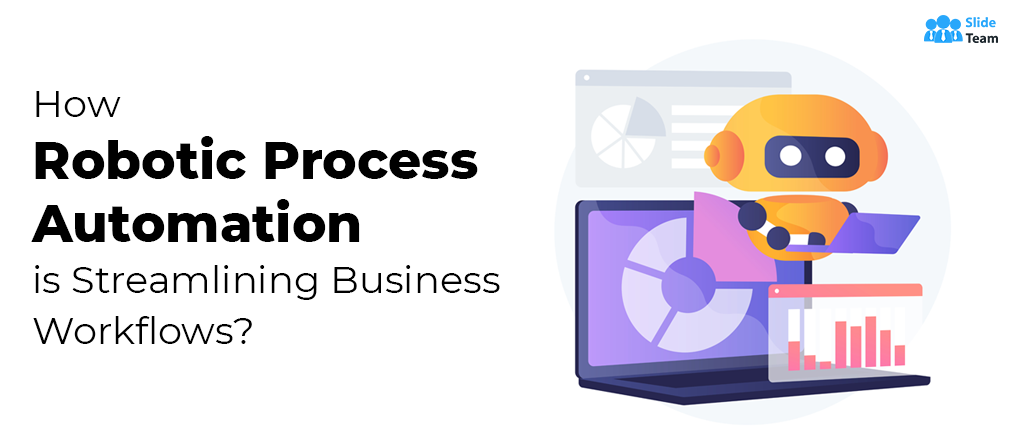


 Customer Reviews
Customer Reviews

